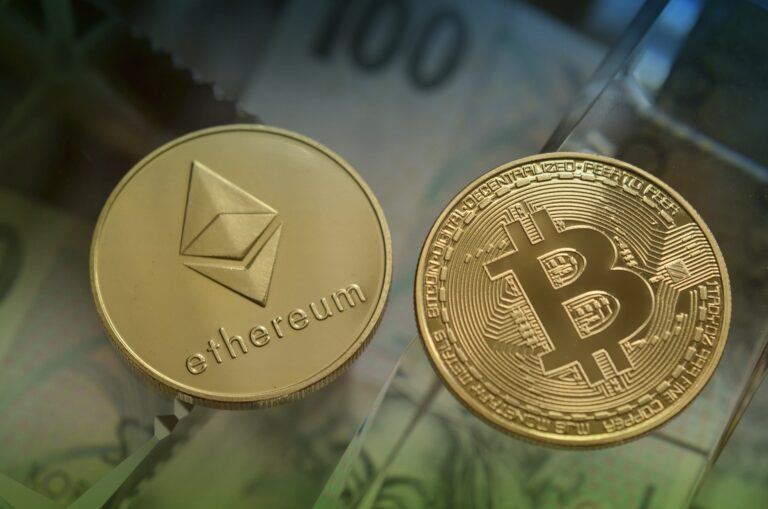The Ethereum blockchain has long faced scalability issues, especially during periods of high activity that lead to network congestion, slow transaction times, and high gas prices. These challenges impact the user experience and limit the network's capacity to support a variety of applications. The Dencun upgrade introduced in March 2024 represents a major step forward in solving these issues by laying the foundation for future scalability improvements.
Dencun combines elements of the Cancun and Deneb upgrades, but does not provide an immediate solution to all scalability problems. However, this is an important milestone in the development of Ethereum. At the heart of the Dencun upgrade is the concept of “proto-dunk sharding,” which prepares for future sharding implementations. Sharding involves dividing a blockchain into smaller shards, each of which can process transactions independently. This parallelism is expected to significantly increase Ethereum's transaction throughput in the future. Although Dencun does not directly implement sharding, it establishes the technical foundation needed for eventual deployment.
Dencun's main focus is not on directly reducing transaction fees on the Ethereum mainnet. Instead, it aims to optimize pricing within Layer 2 networks. Layer 2 solutions work on top of the Ethereum blockchain and aggregate transactions off-chain before sending them to mainnet. This process helps reduce congestion on the main network and potentially reduces charges for users.
A key feature of Dencun is EIP-4844, which reduces the cost for layer 2 networks to send bundled transactions to the Ethereum blockchain. This improvement is expected to increase the efficiency of Layer 2 solutions and potentially reduce charges for users. However, the actual fee reductions observed may not be as large as initially predicted, and the long-term impact on fees will require further monitoring.
One of the unintended consequences of the Dencun upgrade is the impact on Ethereum supply. Due to the reduction in transaction fees, the amount of ETH burned has decreased. Previously, increased network activity and fees consumed more ETH, creating a deflationary effect on the total supply. This deflationary mechanism was an expected benefit after the Ethereum merge, which moved the network from proof-of-work to proof-of-stake. However, as fewer fees are being burned and the supply has naturally increased, the total supply of ETH has started to grow at a faster rate and is starting to revert to an inflationary model.
The Dencun upgrade brings new analysis from CryptoQuant, a highly regarded South Korea-based blockchain analytics company. According to CryptoQuant, this upgrade could significantly change Ethereum's path to becoming an “ultra-sound currency,” a concept that describes a currency that increases or maintains its value over time.
Another problem with Ethereum is that once the US SEC approves 11 Spot Bitcoin ETFs, the SEC will probably approve some, if not all, of the several pending Spot Bitcoin ETF proposals in the coming months. Many thought it would start approving the . Unfortunately, due to recent SEC crackdowns on the Ethereum ecosystem (e.g. Uniswap received a Wells Notice last month), SEC Chairman Gary Gensler appears to view Ether (ETH) as a security (ConsenSys CEO , Joseph Rubin doubts it), so expectations that a Spot Ethereum ETF will be approved in the US sometime in 2024 have dropped dramatically. Eric Balchunas, senior ETF analyst at Bloomberg, said he wouldn't be surprised if it wasn't approved until 2025.
As for the extent of ETH's underperformance relative to BTC, ETH ID has fallen 30% relative to BTC over the past year, as shown in the ETH-BTC price chart below.
Featured image via Pixabay

